
If a digital bridge has been in use for several years, the original batteries may no longer hold a charge properly. Typically, they come with nickel-metal hydride batteries. In that case, you can switch to lithium batteries and modify the charging module. The charging module typically uses 5100 batteries with a capacity of 300mA. Changing the charging current of the charging module is simple, just replace the current-sensing resistor. Here, three 0.68-ohm resistors are connected in series.
The internal voltage detection circuit of the bridge is designed for 9V batteries. The series resistor is 510K and the parallel resistor is 100K. Calculating it, the output at full charge should be 1.5V. To change it to 8.4V for displaying full charge, there were no particularly suitable resistors, so I used 300k+100k+56k in series, leaving the parallel unchanged. With an input of 8.34V and an output of 1.5V, it meets expectations. This bridge has been tested to work fine even when the battery is at 5V, allowing the battery to be fully discharged before recharging. The lithium battery was made several years ago, but its capacity is still sufficient.
Changed the battery voltage detection circuit.

Soldered on two fixed pins.
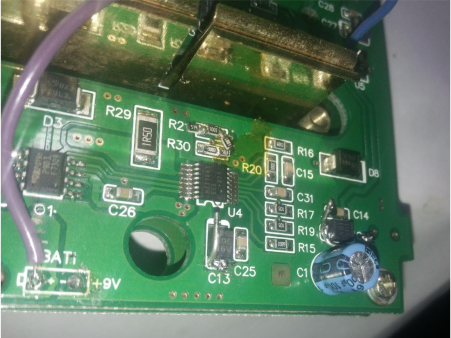
Installed the 5100 charging module.
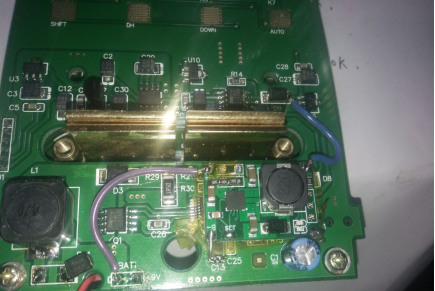
The bridge's craftsmanship is still excellent, packed with chips.
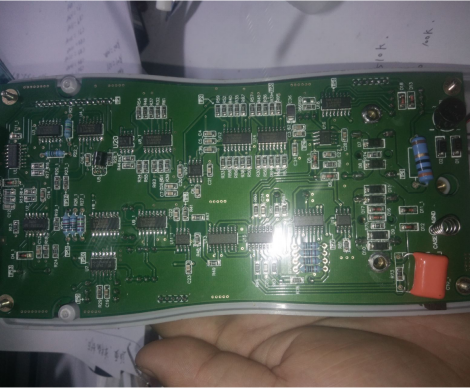
Installed the modified lithium battery.
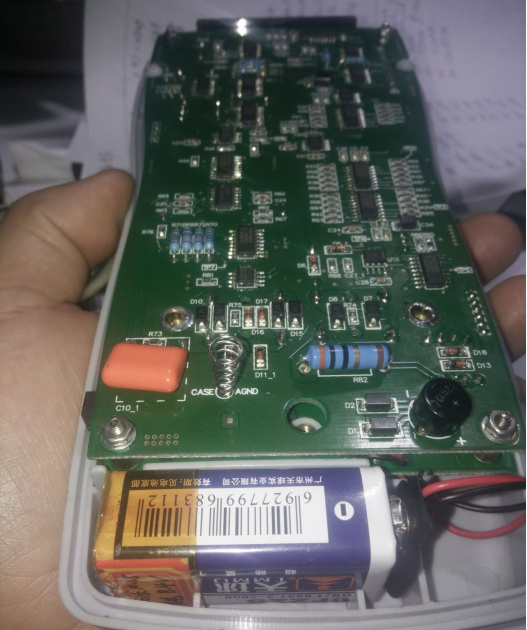
Closed the cover, indicating full charge, and it can be used for many more years.
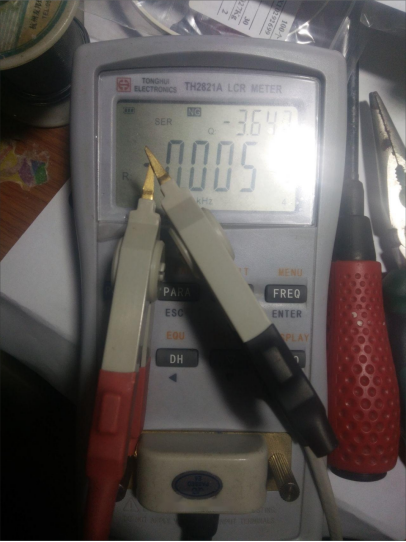
END




